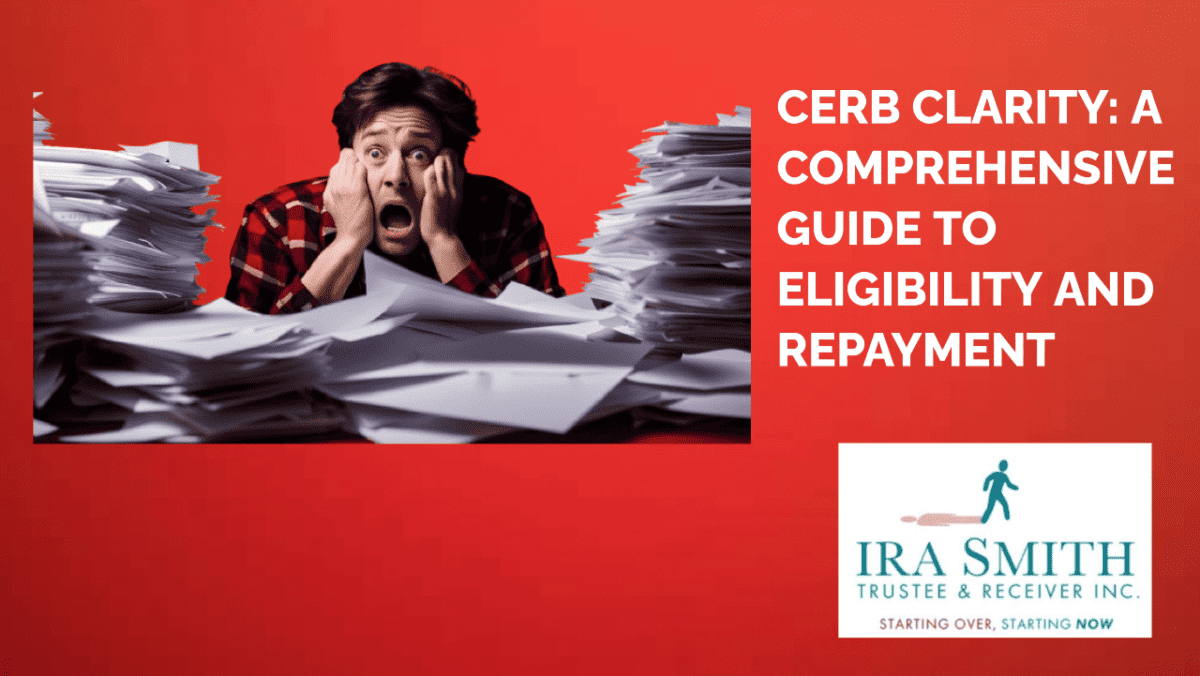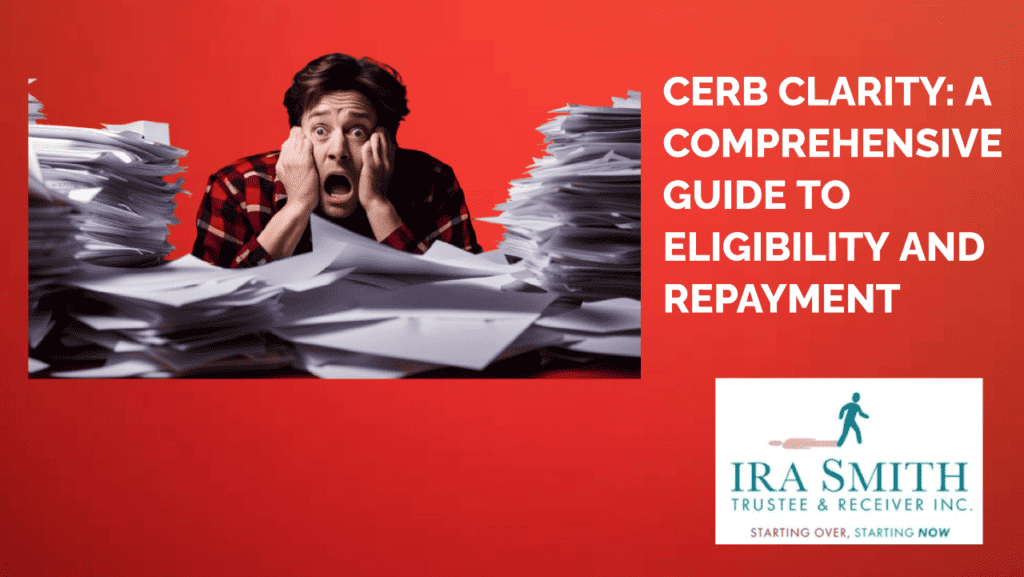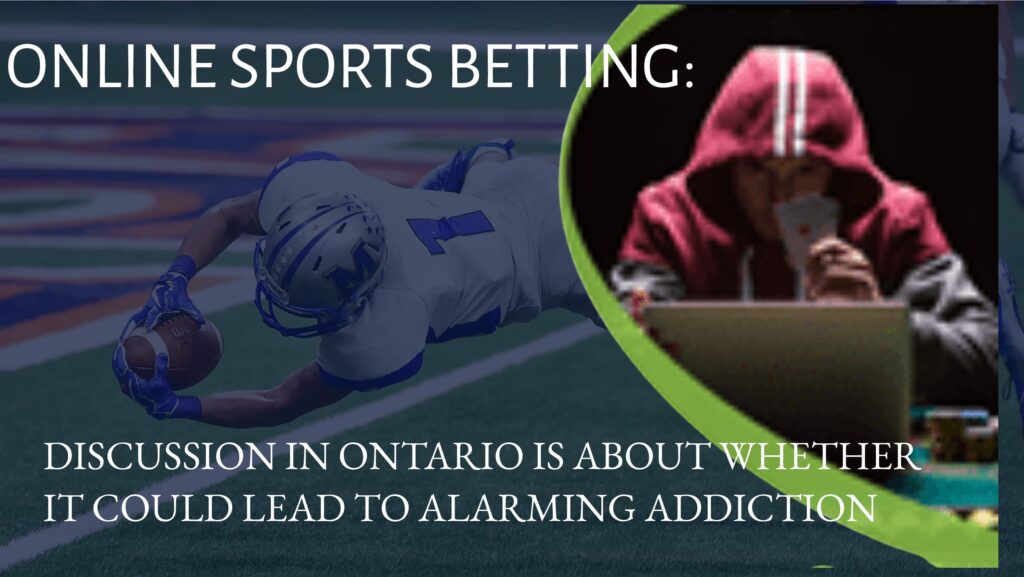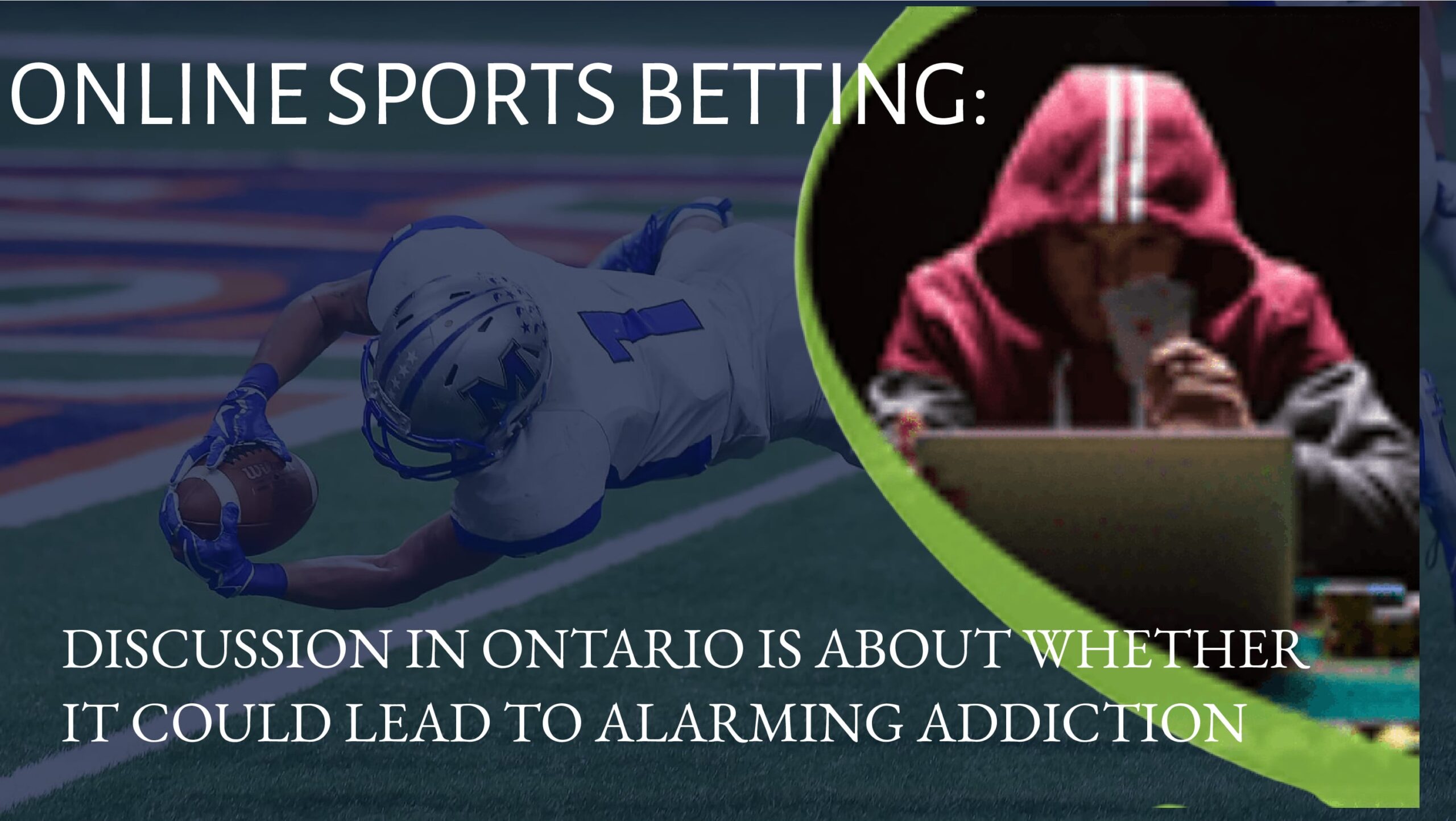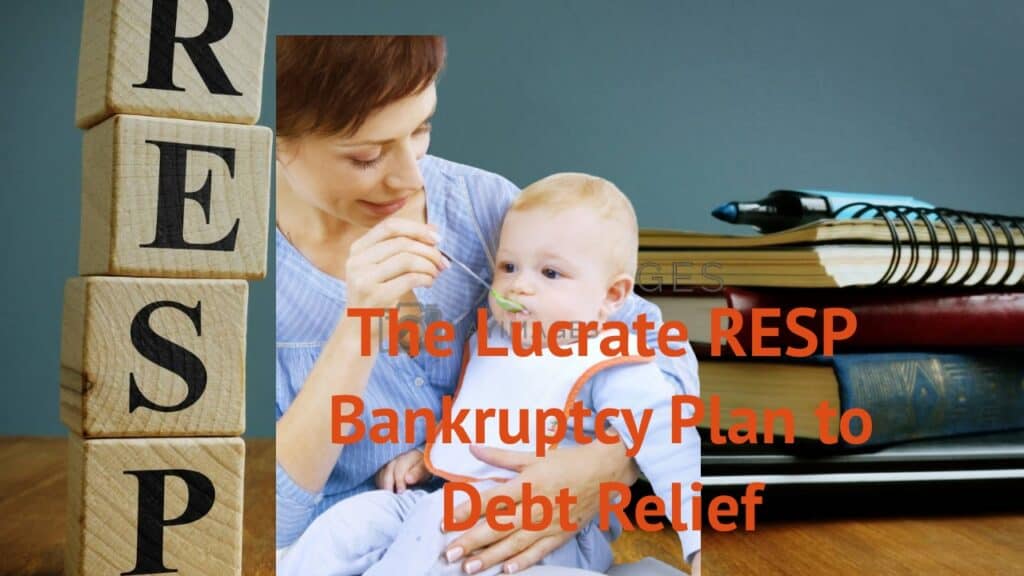Bankruptcy or Consumer Proposal: Introduction
When your client has an amount of debt they cannot repay, they often consider measures such as bankruptcy or consumer proposal. To choose the most appropriate option for their unique situation, it’s important to have a good understanding of the details of each option. Let’s compare and contrast these options to help you help your client make the right choice that best fits their situation.
Bankruptcy or Consumer Proposal: Importance of understanding the differences between the two options
When faced with financial challenges, understanding the difference between a consumer proposal and bankruptcy can be crucial in determining the best path forward for your financial well-being. Let’s delve into the key disparities. Learn about the differences between a consumer proposal and bankruptcy so that you can further help your clients start to make an informed decision on the best debt relief solution for them before they see a licensed insolvency trustee.

Overview Explanation of Bankruptcy or Consumer Proposal
Bankruptcy: A Solution for Unmanageable Debt
If your client is experiencing economic challenges, bankruptcy might be a sensible option to deal with their debt problems. It is a legal treatment focused on offering help to people, corporations, or entities facing economic hardship.
Bankruptcy allows debtors to get rid of certain unsecured financial obligations, such as credit card balances and unsecured lines of credit or loans. It offers debt relief and a fresh start, but undischarged bankrupts must comply with particular rules and procedures. These include potentially a meeting with creditors and for certain taking part in two credit counselling sessions.
Consulting a licensed insolvency trustee can aid in exploring options and making an informed decision when dealing with money problems, leading to a better financial future. Bankruptcy may be a sensible option, however, it’s vital to carefully consider all other restructuring options before filing bankruptcy. A licensed insolvency trustee can offer advice on the most appropriate strategy for your client’s particular scenario.
Consumer Proposal: A Negotiated Settlement
A consumer proposal is a much more flexible approach to debt repayment than bankruptcy is. In a consumer proposal, the licensed insolvency trustee acting as the Administrator, assists the debtor in their financial restructuring by negotiating with creditors to repay a portion of their debts over an extended period.
Although only a portion of the total debt is being repaid (as a rule of thumb, say 25%), once all payments are successfully made and the debtor attends the two mandatory financial counselling sessions, they receive their Certificate of Full Completion. Once that certificate is issued, their entire debt is discharged.
In a consumer proposal, unlike bankruptcy, the debtor does not hand over their non-exempt assets. Like in bankruptcy, the debts eligible for inclusion in a consumer proposal include credit card debt, unsecured personal loans, and tax debt. Proposals must be filed through a licensed insolvency trustee and are legally binding once accepted by the creditors.
Consumer Proposal Allows You to Keep More Assets
The important difference between a consumer proposal and bankruptcy is that although you need to account for the value of the equity in your assets, in a consumer proposal, you don’t lose them. This is a form of asset protection. A consumer proposal is a debt settlement financial restructuring where you negotiate with your creditors to repay a portion of your debt over some time not greater than 60 months. Upon successfully paying that portion in the promised time frame, all of your debts are erased. If you can do so without having to sell any of your assets, you get to keep them.
Bankruptcy or Consumer Proposal: How Does a Consumer Proposal Work?
Finding a way out of debt feels overwhelming. A licensed insolvency trustee can help your client understand the options available. This education empowers your client to make the right choice. A consumer proposal is a legally binding structured legal agreement between your client and their creditors. The benefit to your client is to ultimately remove the burden of their debt and let them get back to a stress-free life and a bright financial future. The main points of a consumer proposal are:
Binding Agreement with Creditors
A consumer proposal is a formal agreement that lays out how you’ll pay back a portion of your unsecured debt through a formal agreement under the Bankruptcy and Insolvency Act (Canada). Once you complete the proposal, your client will be free from all of their unsecured debts.
This agreement is a solution that works for both your client and their unsecured creditors. A licensed insolvency trustee, guides your client through the negotiation process, helping them come up with a plan to gradually pay off their unsecured debts over time. You qualify for a consumer proposal as long as your unsecured debt is $250,000 or less (not including any mortgage against your principal residence).
Administered by Licensed Insolvency Trustee
Only a licensed insolvency trustee can oversee the entire process. These professionals are the only ones with the professional accreditation to perform insolvency assignments in Canada. They are licenced, authorized and supervised by the federal government Office of the Superintendent of Bankruptcy (OSB) to handle insolvency matters. I guide your client through the process, ensuring compliance with all legal requirements. I also provide expert advice to you and your client.
Protection from Debt Collectors and Wage Garnishments
Like bankruptcy, a consumer proposal gives your client a stay of proceedings against constant harassment by debt collectors including wage garnishments. This is real legal protection against creditors. Once the proposal is filed, debt collectors must by law stop their collection calls and legal actions. This provides your client with a break from the unending pressure associated with collection efforts. This gives your client the breathing room to regain control of their income and expenses.
A consumer proposal allows for a path toward financial recovery giving your client a sense of security and relief from the stress of their debt. This empowers your clients to confront their financial challenges using a real plan of action to eliminate their unsecured debt over time.

Bankruptcy or Consumer Proposal: How Does Bankruptcy Work?
Bankruptcy is perceived by people to be the darkest of all dark clouds. People associate bankruptcy not only with financial difficulties and loss but also as a symbol of being a total failure in life. The reality is that bankruptcy is a legal process designed to help honest but unfortunate people relieve themselves of the crushing debt load that is suffocating them. It offers them the chance to get a fresh start.
- Structured legal process to relieve debts: When drowning in debt, bankruptcy acts as a lifeline. It allows people to go through a process approved by the Canadian government to eliminate their debt and provide a path for a fresh start.
- Licensed insolvency trustee controls the assets: During bankruptcy, the licensed insolvency trustee is appointed to administer the bankruptcy process. The Trustee manages and sells the non-exempt assets, investigates the financial affairs of the bankrupt, conducts the two mandatory financial counselling sessions with the undischarged bankrupt and makes sure that all necessary administrative steps are taken. This includes the undischarged bankrupt fulfilling all of their bankruptcy duties.
- Discharged from debt in 9-21 months: The main outcome of bankruptcy is the bankrupt’s discharge from his or her debts. Depending on the specific circumstances as to whether or not the undischarged bankrupt is liable to make regular payments for surplus income to the Trustee, bankrupts typically expect to obtain their discharge within a period between 9 and 21 months.
Embracing bankruptcy as a tool for financial freedom, rather than a symbol of failure, helps the person get on with their life. It is a chance to redefine one’s life and learn valuable financial lessons.
By referring your client to a licensed insolvency trustee people can decide on a proposal vs bankruptcy much easier navigate the bankruptcy process and emerge better and stronger on the other side.
Bankruptcy: Different Payments, Bigger Credit Impact
On the flip side, bankruptcy payments are often based on your income and can vary accordingly. This means that your monthly bankruptcy payments may fluctuate depending on your financial situation, making it more unpredictable compared to the fixed payments of a consumer proposal.
While bankruptcy can offer you a fresh start by clearing your debts, it typically has a more significant impact on your credit score and can remain on your record for a longer period, affecting your financial status for an extended time.
Choosing the Right Path
Deciding between a consumer proposal and bankruptcy is a personal decision that should be made based on your circumstances. Seeking professional advice from a licensed insolvency trustee can assist you in navigating the complexities of each option and making an informed choice that aligns with your financial goals.
Remember, the aim is to select a debt relief solution from the various options available that best fits your needs and helps you on your journey to financial stability.

Bankruptcy: Different Payments, Impact on Credit
In bankruptcy, any monthly surplus income payments the undischarged bankrupt must make are calculated by a formula prescribed by the OSB based on the person’s income. The undischarged bankrupt must provide a monthly report of monthly income and expenses to the Trustee. As the monthly income varies, the surplus income monthly payments can change, either up or down.
While bankruptcy gives the person a fresh start, it has a worse impact on the person’s credit score and credit report since it remains on your record for a longer period.
Choosing the Best Path for You
Choosing between a bankruptcy or consumer proposal is a personal decision that should consider your circumstances and needs. Seeking advice from a licensed insolvency trustee helps the person choose between and navigate either option.
Remember, the aim is to select a debt relief solution that best fits your client’s needs among the various options available.
Bankruptcy or Consumer Proposal: Debts Discharged and Not Discharged
When it comes to managing debts, it is important to know which debts can be cleared through an insolvency process and which ones cannot be discharged. Here is a listing of the different types of debts and whether they can be discharged:
Debts that cannot be discharged:
- Fraud or Malfeasance: It is important to know that debts from fraudulent activities or court fines from being found guilty of wrongdoing cannot be cleared through either a bankruptcy or consumer proposal. This ensures accountability for any unlawful financial actions.
- Child Support and Spousal Support: Another category of debts that can’t be discharged includes obligations for child support and spousal support. The Canadian insolvency system believes from a societal perspective, these kinds of responsibilities are legally binding and must be met, no matter what other debts the person may have.
Debts that may be discharged after a certain time:
- Student loan debt has specific regulations for discharge: After completing your education, there may be possibilities for discharging this debt. Student loan debt can only be discharged if you go bankrupt 7 years after the last time you were either a full-time or part-time student.
- Debts that are discharged upon the discharge of the bankrupt person: Most unsecured debts.

bankruptcy or consumer proposal
Impact on Your Credit Score: Bankruptcy or Consumer Proposal
When it comes to your credit score, it’s important to understand how a bankruptcy or consumer proposal can affect it. Bankruptcy has a more negative impact on your credit score compared to a consumer proposal. A consumer proposal is generally less harmful to your credit rating.
Duration of Impact
Another key difference between the two options is how long they stay on your financial record. A consumer proposal is typically noted on your credit report for three years after completing it. A first-time bankruptcy remains on your credit history for six years after receiving your bankruptcy discharge. This difference is important to know. It does affect many choices people make among the various debt relief options.
Ultimately, the choice between a bankruptcy or consumer proposal depends on your client’s unique financial circumstances. It’s always a good idea to seek professional guidance from a licensed insolvency trustee when making this decision.
Bankruptcy or Consumer Proposal: Social Stigma and Decision-Making
When it comes to making financial decisions, especially ones as impactful as considering bankruptcy, there are various factors to take into account. One significant aspect that often plays a role in decision-making is the social stigma associated with personal bankruptcy.
Bankruptcy is commonly viewed in a negative light in our society. People may perceive it as a sign of personal failure or irresponsibility. This stigma can make individuals hesitant to consider bankruptcy as a viable option, even when they are struggling with overwhelming debt.
However, it is essential to look beyond the social perceptions and focus on the practical aspects of the situation. Before choosing the path of bankruptcy, it is crucial to assess one’s ability to repay the debt. Understanding your financial capabilities and limitations is key to making an informed decision.
Mathematical analysis can be a helpful tool in this decision-making process. By conducting a thorough financial evaluation, including income, expenses, and debt obligations, individuals can gain a clear understanding of their financial standing. This analysis provides valuable insights into whether filing for bankruptcy is the most viable solution or if there are alternative options available.
Ultimately, the decision to pursue bankruptcy should not be solely influenced by social stigma. Instead, it should be based on a realistic assessment of one’s financial circumstances and the potential benefits and consequences of bankruptcy. By approaching the decision-making process with a rational and informed mindset, individuals can make choices that align with their financial well-being.

Bankruptcy or Consumer Proposal: Getting Professional Help for Making the Right Decision
Exploring debt settlement or insolvency options creates tough choices that a person would rather not make. However, hiding their head in the sand and avoiding the reality of their financial situation ultimately is not a realistic option. One thing that bothers every person we speak to is who will find out about personal bankruptcy and how it will affect how others view the person.
As stated above, bankruptcy often carries a negative reputation in our society. May see it as a sign of personal failure. This stigma makes it tough for people to choose bankruptcy as a solution for dealing with overwhelming debt.
It is important to remember that your financial well-being, that of your family and your ability to get a fresh start is what matters most. Before you make any debt settlement decision, take a step backward and honestly consider your true financial situation. Understanding what you can realistically manage on your own without legal intervention is crucial in making the right choice.
Doing the math and looking at the realistic and true side of things will guide you in making an informed decision and doing the right thing that will be best for your financial future. A consumer proposal is the best bankruptcy alternative when a formal insolvency process is required.
Bankruptcy or Consumer Proposal: Conclusion
In summary, a licensed insolvency trustee plays a crucial role in assisting individuals and businesses facing insolvency. From conducting financial assessments to facilitating legal proceedings and providing ongoing support, LITs serve as trusted advisors and advocates, in conjunction with a person’s or corporation’s lawyer and accountant, for those navigating challenging financial terrain. By understanding the role and significance of an LIT, debtors can make informed decisions and embark on the path toward financial stability and recovery.
By assisting clients in navigating insolvency matters proficiently, lawyers and accountants can empower them to take proactive steps towards a brighter financial future. This includes providing insights on debt restructuring, bankruptcy options, and other relevant strategies that can improve financial sustainability and stability. Ultimately, the goal of leveraging a foundational understanding of Canadian insolvency laws is to facilitate positive outcomes for clients, equipping them with the knowledge and resources needed to overcome financial obstacles and achieve long-term success. This also allows them to remain your client!
I hope you enjoyed this bankruptcy or consumer proposal Brandon’s Blog. Individuals and business owners must take proactive measures to address financial difficulties, consumer debt and company debt and promptly seek assistance when necessary. It is crucial to recognize that financial stress is a prevalent concern and seeking help is a demonstration of fortitude, rather than vulnerability. Should you encounter challenges in managing your finances and find yourself burdened by stress, do not delay in pursuing aid.
Revenue and cash flow shortages are critical issues facing people, entrepreneurs and their companies and businesses with debt problems that are in financial distress. Are you now worried about just how you or your business are going to survive? Are you worried about what your fiduciary obligations are and not sure if the decisions you are about to make are the correct ones to avoid personal liability? Those concerns and more associated with your company debt are obviously on your mind.
The Ira Smith Team understands these overwhelming debt financial health concerns. More significantly, we know the requirements of the business owner or the individual who has way too much financial debt. You are trying to manage these difficult financial problems and you are understandably anxious. It is not your fault you can’t fix this problem on your own and it does not mean that you are a bad person. The pandemic has thrown everyone a curveball. We have not been trained to deal with this. You have only been taught the old ways. The old ways do not work anymore.
The Ira Smith Team uses innovative and cutting-edge methodologies, to adeptly navigate you through the intricacies of your financial challenges ensuring a resolution to your debt-related predicaments without resorting to the rigours of the bankruptcy process. We can get you debt relief now! We have helped many entrepreneurs and their insolvent companies who thought that consulting with a Trustee and receiver meant their company would go bankrupt.
On the contrary. We helped turn their companies around through financial restructuring. We look at your whole circumstance and design a strategy that is as distinct as you are. We take the load off of your shoulders as part of the debt settlement strategy we will draft just for you.
The Ira Smith Trustee & Receiver Inc. team understands that people facing money problems require a lifeline. That is why we can establish a restructuring procedure for you and end the discomfort you feel. Call us now for a no-cost consultation. We will listen to the unique issues facing you and provide you with practical and actionable ideas you can implement right away to end the pain points in your life, to begin your debt-free life, Starting Over, Starting Now.



